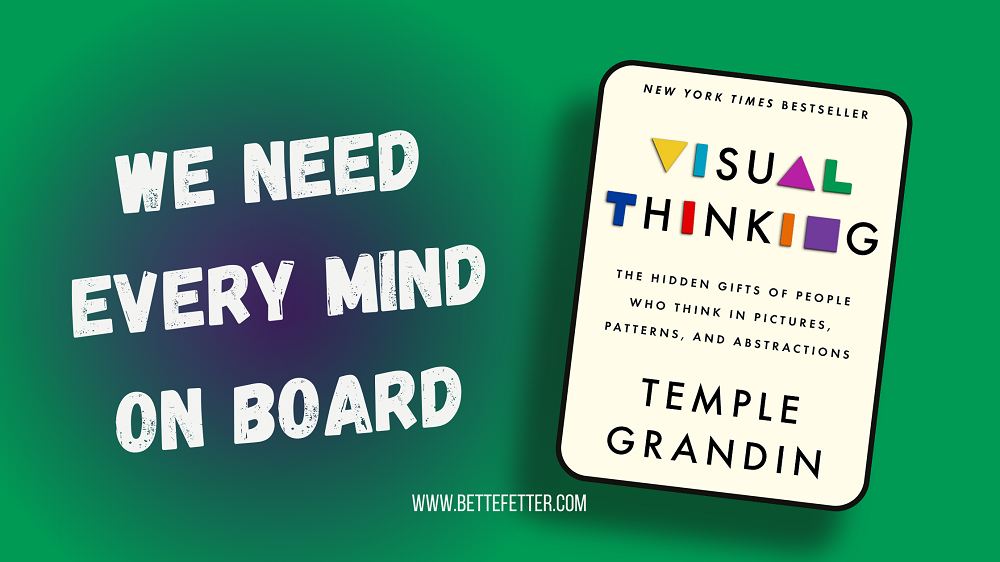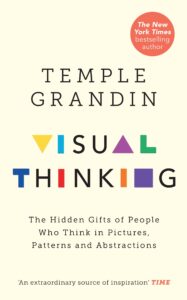We Need Every Mind on Board: a review of Visual Thinking by Temple Grandin PhD
 I am amazed by all that has happened in education in the last 20 years. Sadly, with all the access to new advances and technology, we think it’s made education better, but it has not. Our right brain kids are more stressed, ADHD diagnoses and medication have increased dramatically, hands on learning continues to decline and teaching to the test continues despite evidence of its failures.
I am amazed by all that has happened in education in the last 20 years. Sadly, with all the access to new advances and technology, we think it’s made education better, but it has not. Our right brain kids are more stressed, ADHD diagnoses and medication have increased dramatically, hands on learning continues to decline and teaching to the test continues despite evidence of its failures.

As always, Dr. Grandin uses a scientific approach to make her case, citing numerous studies and examples. To encourage you to read what she has to say, here are a few highlights.
- In 2001, the No Child Left Behind Act was enacted and led to the dismantling of hands-on learning. Classes like art, theater, shop, auto mechanics, gym and home economics were removed from schools and replaced with the “drill, kill, bubble fill” of standardized testing.
- She describes in depth why this ‘one size fits all’ form of teaching has screened out our hands-on, visual learners and “virtually extinguishes their chances of success, whether they’re shunned off to special education or denied the opportunity to advance…”
- Grandin takes issue with the classification of visual and autistic thinking as “disabilities” and shares how it limits us as parents and educators from helping children develop their strengths. She stresses the need for these kids to grow up knowing what they are good at, instead of the constant reminders of not fitting in.
- She goes on to share how hands-on learning prepares the skilled workforce a country needs for industry and goes on to document the losses of the last 20 years. “According to a global manufacturing scorecard, American workers are falling behind other countries in a range of areas.” “The percentage of people employed in manufacturing; the United States ranked 16th out of 18 countries surveyed.” That study and others name, the lack of skilled workers as key to these losses.
- “The employment landscape is going to be in deep trouble if we don’t address the lack of all kinds of skilled workers.” The failure to identify visual thinkers early on and encourage their talents and skills towards meaningful work they would naturally be good at, has already cost us dearly as individuals and as a country. And without changes to education policies the future will continue to see losses.
Those highlights are just from the first few chapters. This book is so rich and full of evidence-based ideas for innovative approaches to education, parenting, employing, and collaborating with our right brain visual thinkers. It is a must read for anyone raising or educating children in the 21st century as we begin to see the need for every type of mind to be on board for the ride into the future.










